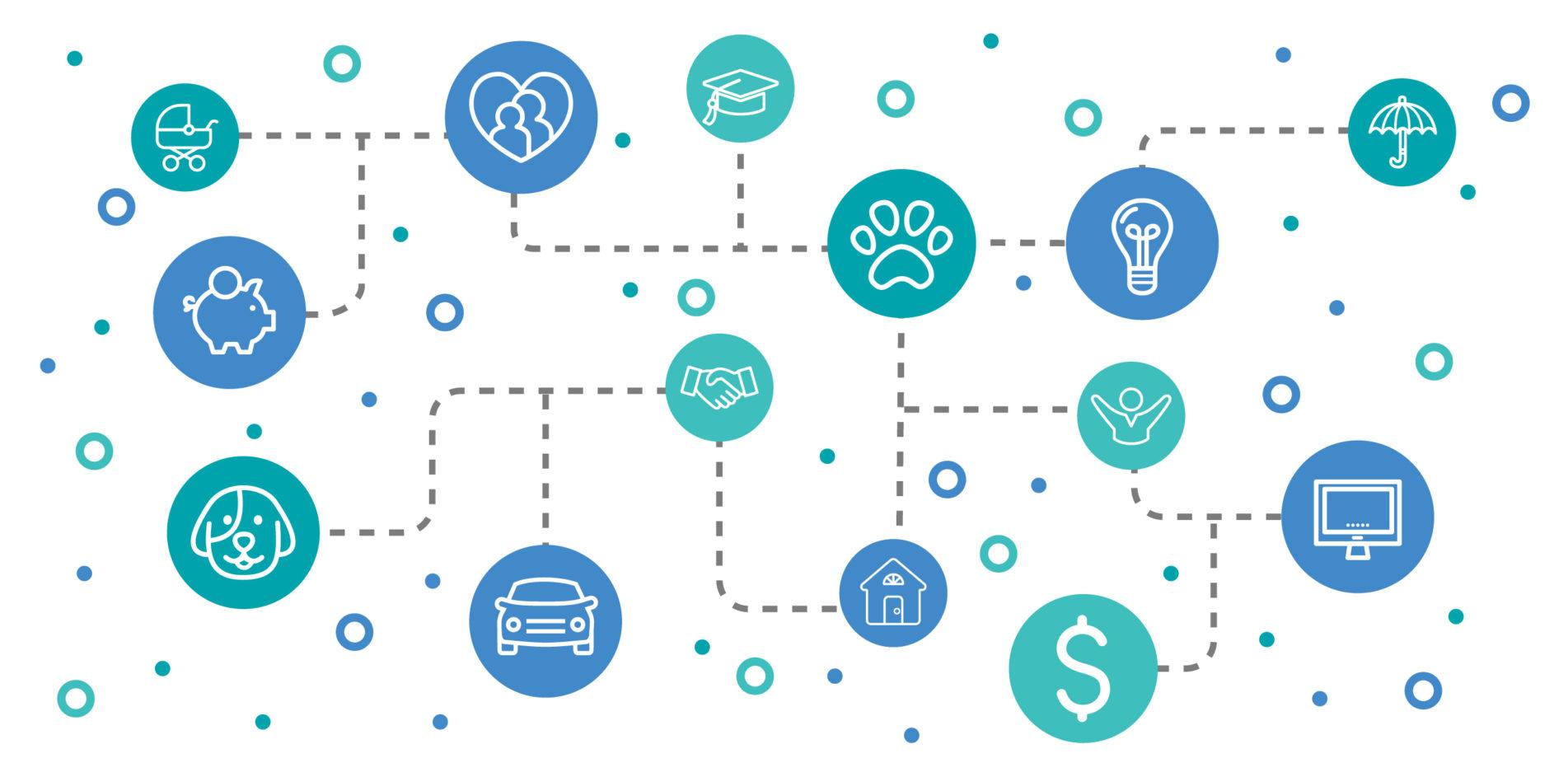 Before you take the time to implement an employee program, you should feel confident that your employees will use it. You don’t want a perk you put work into establishing to sit unused. That’s why we’ve broken down two of the most popular employee programs, voluntary benefits and discount platforms, and which employee demographics are likely to utilize them.
Before you take the time to implement an employee program, you should feel confident that your employees will use it. You don’t want a perk you put work into establishing to sit unused. That’s why we’ve broken down two of the most popular employee programs, voluntary benefits and discount platforms, and which employee demographics are likely to utilize them.
Voluntary Benefits
Voluntary benefits such as critical illness, accident, and long-term care (LTC) insurance offer broader protection than typical medical plans. People often enroll in voluntary benefits to complement high-deductible medical plans. Other common voluntary benefits include legal plans and life insurance.
Employees from Different Age Groups
Voluntary benefits let workers pick the coverage that best suits their needs and the needs of their families. An employee with active, outdoorsy children may decide to purchase accident insurance while an older employee may choose critical illness coverage. Employees who have had a bit of time to build retirement savings could purchase LTC to protect those savings. Younger workers who rent their home could benefit from legal insurance should they need to deal with high-stakes roommate or landlord issues.
Employees with HSAs
High Deductible Healthcare Plans (HDHP) have become extremely popular lately and with good reason. They offer low monthly premiums and unique tax benefits. In addition, a Health Savings Account (HSA) can be paired with a qualified HDHP and offers the opportunity to save for health care expenses. For people with voluntary benefits, HSA’s have another perk. The federal government bases this limit on age, so baby boomers and Generation Xers can save even more.
Part-Time and Long-Term Contract Employees
Voluntary benefits give employees who seek the freedom and flexibility of a part-time schedule financial security. Many part-time employees enroll in high-deductible medical plans for monthly savings, and voluntary benefits can help them secure inexpensive additional coverage. If your organization employs a significant number of part-time or contract workers, you’ll likely see a large utilization rate for voluntary benefits.
Employee Discount Platforms
Discount platforms offer employees deals on goods and services. The deals on these e-commerce sites are exclusive to employees of participating organizations. Services and products on discount platforms include everything from cruises and rental cars to contact lens, giving the platforms wide appeal.
Employees Who Participate in Company Wellness Programs
Platforms often have discounts on gym memberships, fitness trackers, and other wellness services and products. If a lot of your employees participate in a company wellness program, they’ll likely take advantage of these savings, especially if you incorporate your platform into your wellness program. Many platforms also accept nominations for local businesses, so users can recommend a gym or healthy restaurant in the neighborhood.
Employees Making First-Time Home or Car Purchases
Platforms can provide both savings and advice on mortgages and cars. Assistance with big-ticket items can take some of the pressure off stressed employees trying to make life-changing decisions for the first time. With a variety of lenders, real estate agents, and more on a single site, platforms also simplify research.
Employees with Young Families
Platform discounts on gifts, educational products, and even preschool tuition can make a huge difference to young families or couples who count every penny. Platforms also have offers on movie tickets and nanny services, so parents can enjoy that rare date night. Employees who want to make sure their kids have a great winter break can save on gifts, and discounts on appliances can help a family furnish a new home.


